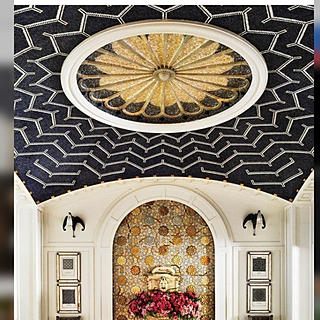Timaeus - Plato / Review
- esta hasa
- Apr 11, 2018
- 3 min read
Trying to explain the origin of life Plato states as his ideal that the living creatures were created from the divine creator, the Father of everything whose activity consisted in creating a immortal soul inside a mortal body. This creator leaves it to his creature to take what he did as a model and do what he did again and again. He taught to his children rules that they have to obey in order for the process of life to go on. Also according to Plato the universe is bonding of the elements of fire, earth, water and air. The same divine concept describes that the forces holding together these elements with a lower power hold together the human body and the orbits of the soul. Going in the same flow, Plato tries to describe the structure of the human body, taking references again from the universe. Based on these references, he describes the importance of the head (giving the acquired importance because of the power of the brain). Being as a vehicle the human body has height and limbs for support and movement, mostly in the forward direction as our natural front.
Separating even more from the explanation based on the divine power, Plato gives a more logical or scientific explanation for the mechanism of vision as he tries to explain the mirror-image, referring to the images appeared in a mirror or other reflecting surfaces, where the object and its image change sides based on its concavity. Plato’s explanation is easier as his knowledge were also elementary. As a philosopher Plato relates the sight, beside with the opportunity to investigate for the questionable situations, with the ability to see the universe in order to understand what it has to say. If you lose the sight you lose contact with the world but without the speech you won’t be able to give an outstanding contribution as well. Both loses would be fatal for the artist who has much to say. Plato sates that rhythm -as the harmony which get to be created-, was given to us in the same way, but most of us lack measure and grace. Are these qualities which make the artist to stand out and create harmony out of the inner rhythm.
Explaining the elements of the universe, he insists in the facts that they shouldn’t be named as things which have a specific expression in a specific moment, but refer to them according to continually similar quality. Plato owns in his writing a questionable point of view, which pushes him to go further in the origin of things, and accept them as they are brought to our interest. We may have our opinion for different issues, an opinion which is based on what we know, in what we believe in because experience taught us so. But is intelligence what makes us go further and look for other aspects of the issue, not as we know already what to do but we will be able to get something new from it.
Bringing again in attention fire, earth, water and air as the elements which created universe, Plato implies the concept of order as a definite pattern, a rule of repetition, to create shape and number. He also considers these elements as solids which are bounded by a rectilinear surface, composed in itself of triangles. The four figures corresponding to the elements are: cube for earth, octahedron for air, pyramid for fire and icosahedron for water. Cosmos is represented from dodecahedron, which is not created from the basic triangles and because of the nearly volume with the sphere it is associated with ‘the whole heaven’, another divine association. Characteristics of the figures are related with state of the elements








Comments